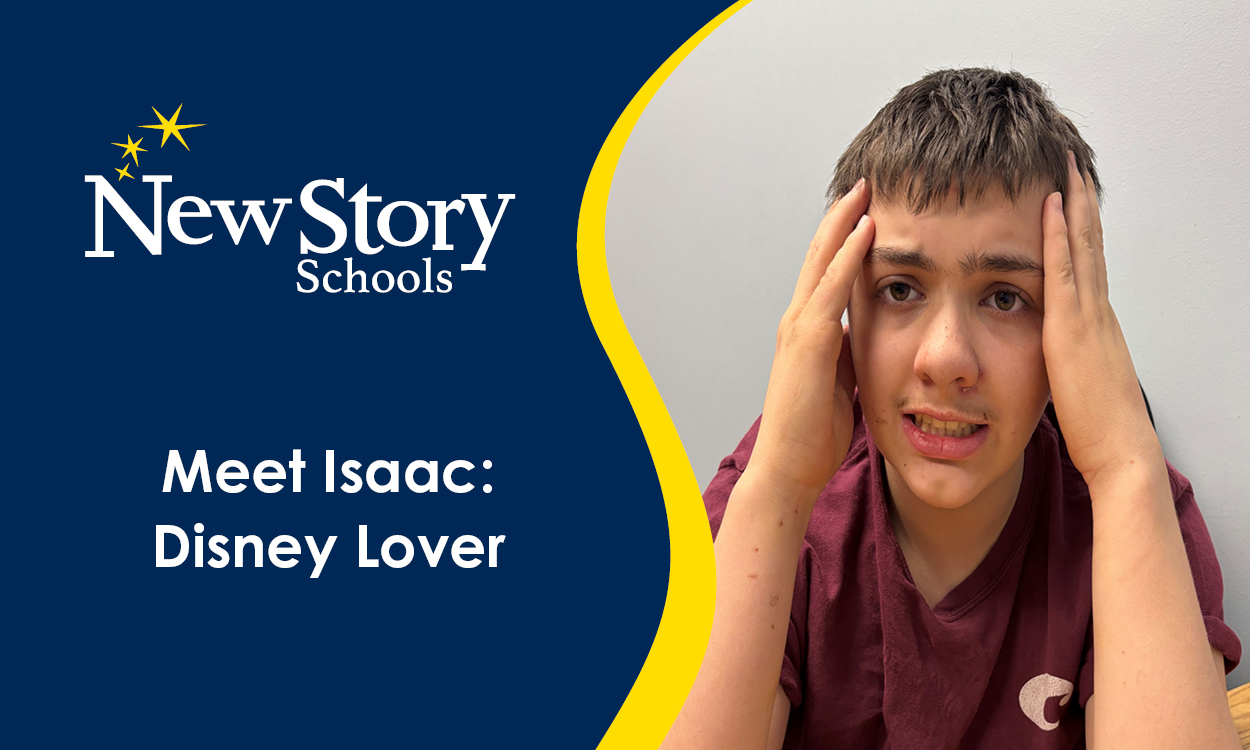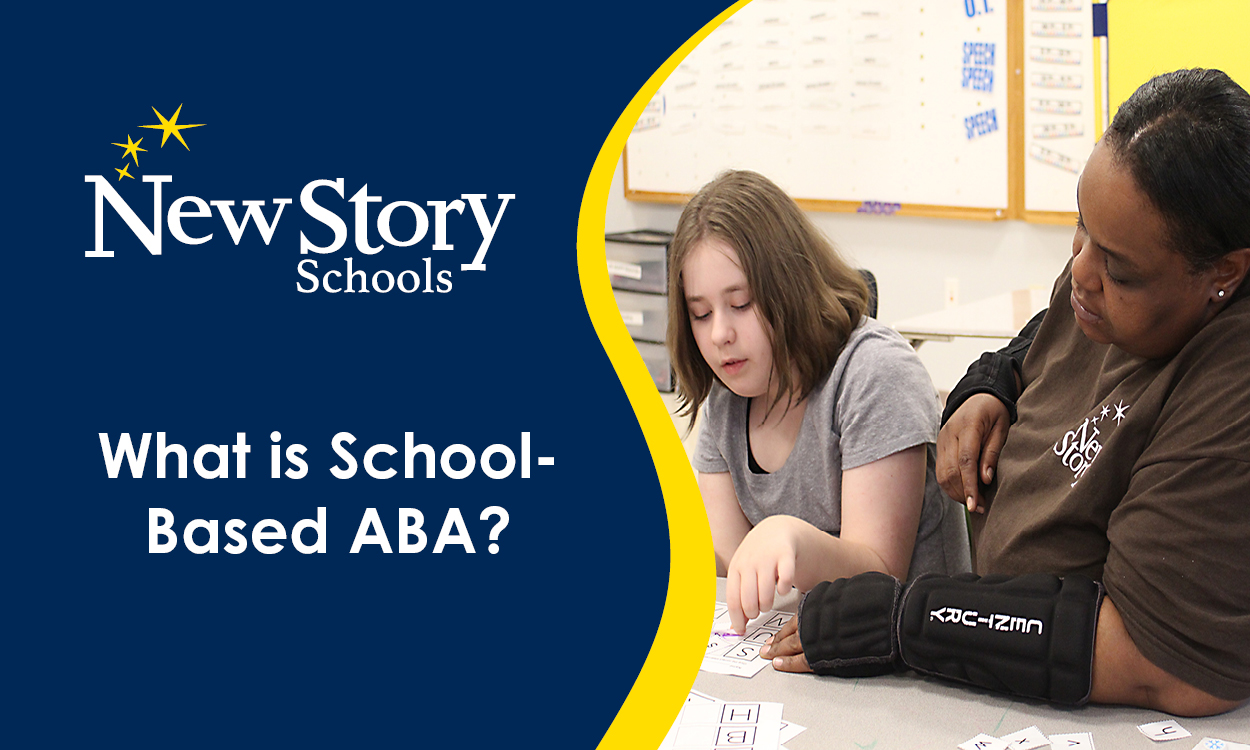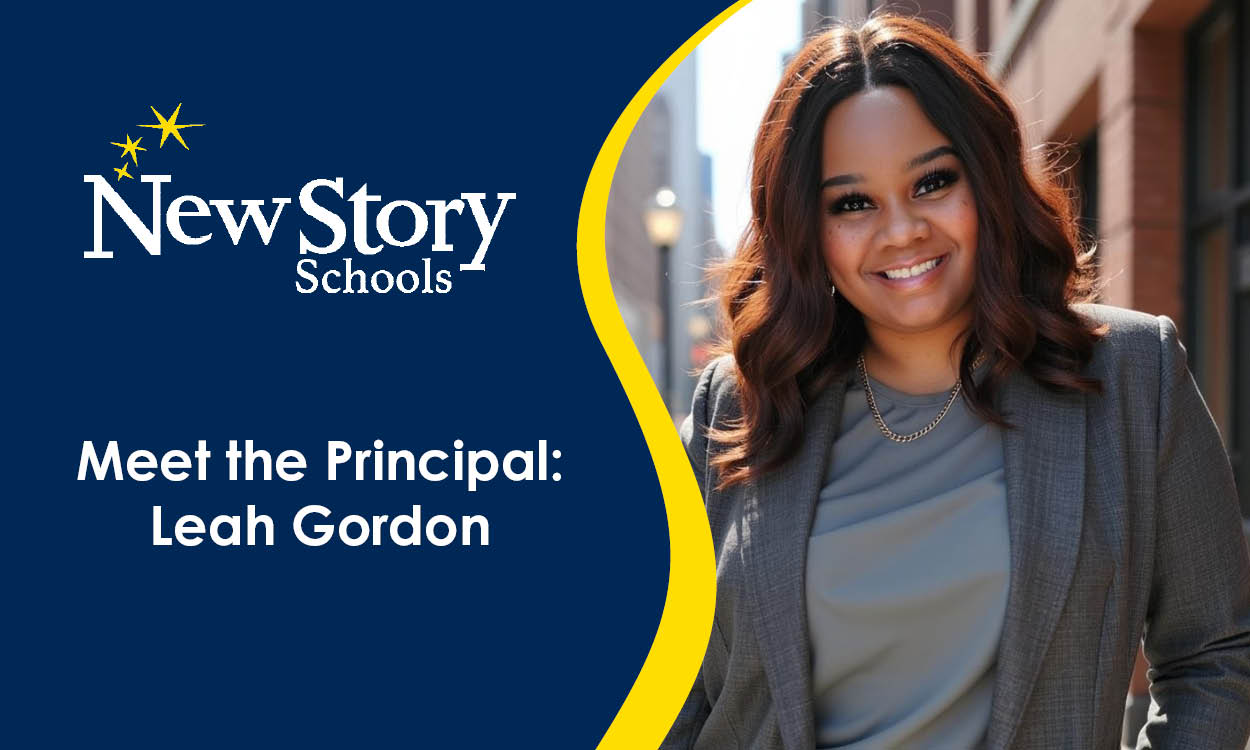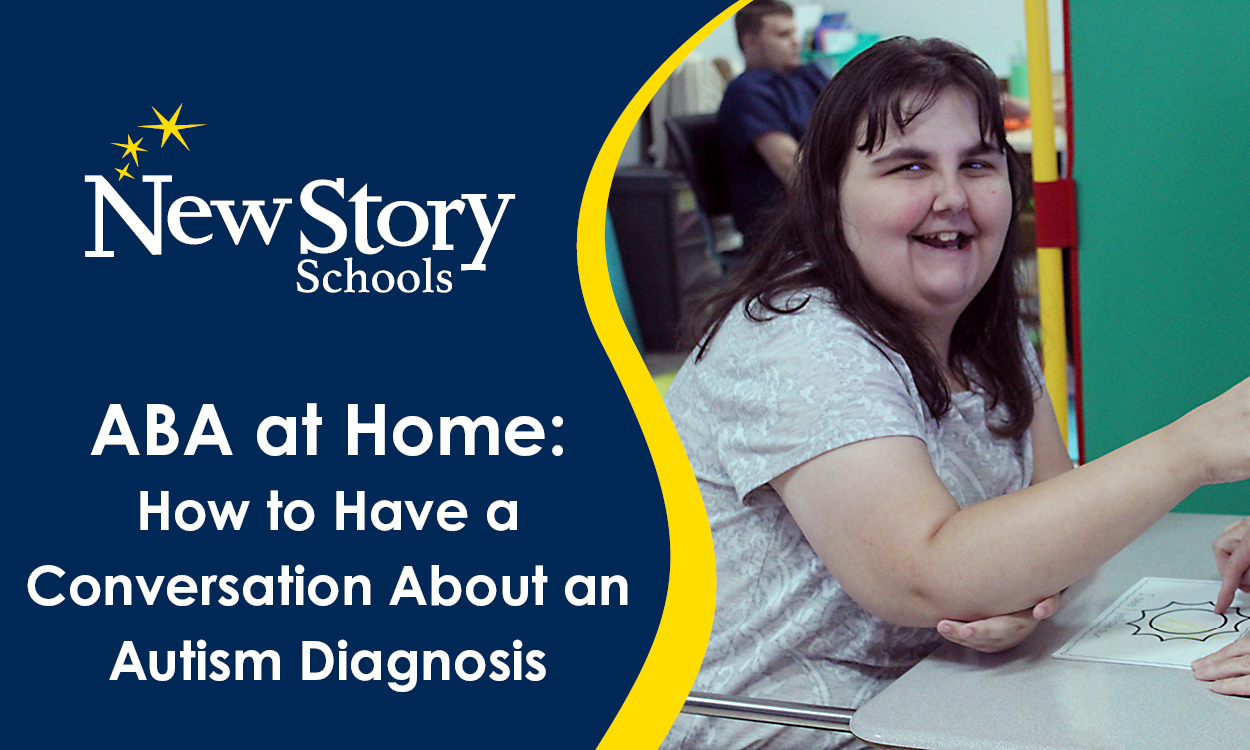Autism Diagnosis Conversation Guide
Posted: April 30, 2025 | Written By: Drew Delligatti | Category:
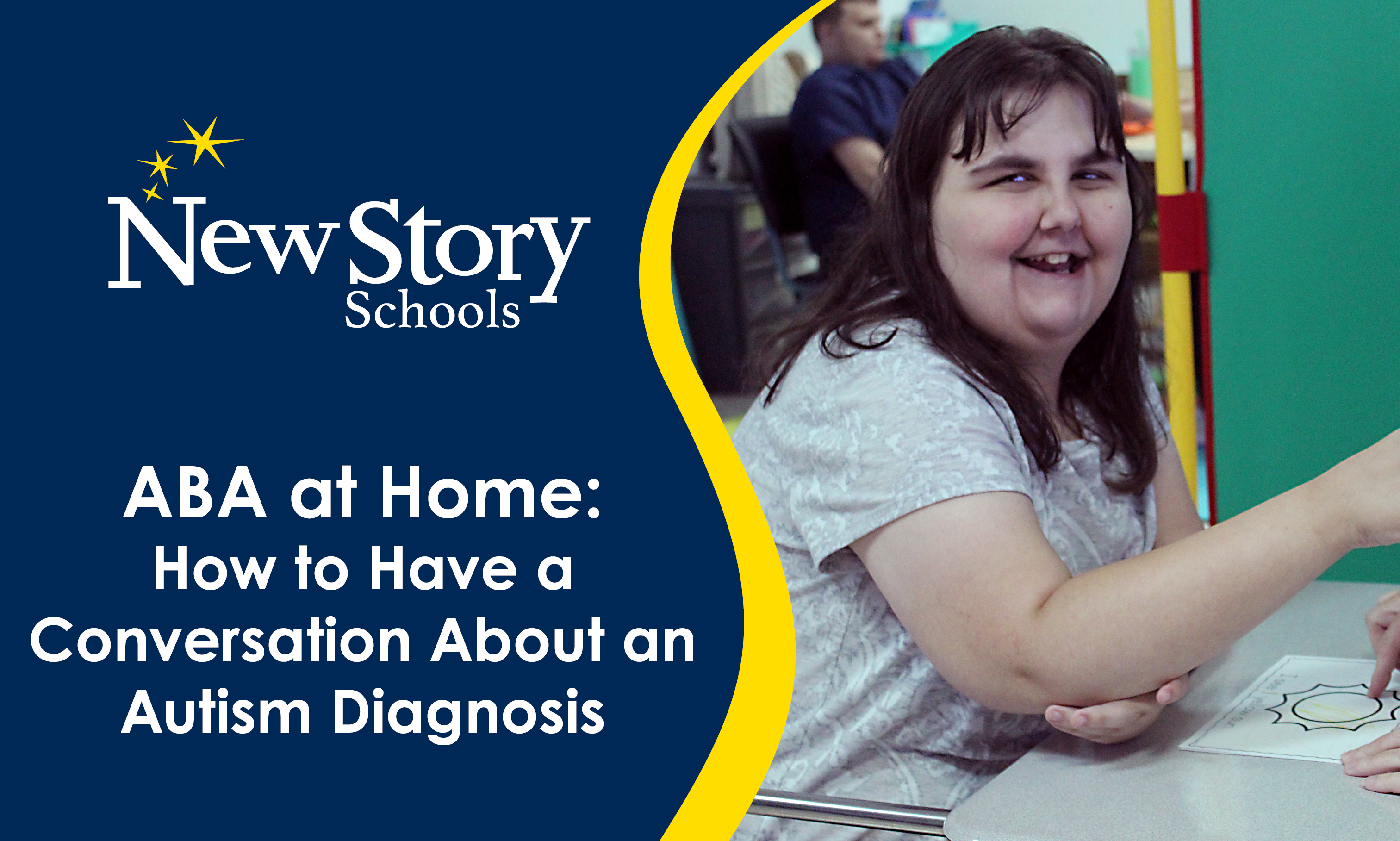
Finding out your child is autistic brings up a lot of questions. However, deciding how to talk to them about their diagnosis can be overwhelming. Telling your child about their autism can be a positive, empowering conversation. But how you approach it depends on their age, maturity, and communication style. This guide breaks it down by age group to help you start the conversation in a clear, age-appropriate way.
Ages 3–6: Keep It Simple and Positive
At this age, kids may not fully understand the concept of autism, but they do understand the idea of differences.
What to say:
“Your brain works in a special way. That means you might like things a little quieter, or you might be really good at remembering details. Everyone’s brain is different.”
Use everyday examples:
“You don’t like loud sounds, and that’s okay. Some kids do, and some don’t.”
How to say it:
- Use calm, friendly language.
- Read picture books together.
- Social Stories are short, personalized stories developed by Carol Gray to assist students with autism navigate social situations. These stories are another great resource at this age.
- Use visuals, toys, or role play if that helps them learn.
This stage is about planting seeds of self-acceptance and helping them feel safe and understood.
Ages 7–12: Be Honest, Reassuring, and Open to Questions
Kids in this group often start noticing they’re different from peers. They may struggle with social cues or sensory issues. This is a good time to introduce the word “autism” if you haven’t already.
What to say:
“You’ve probably noticed that you need a little more support from people when you’re trying to make friends or when your surroundings are a little too much to handle. That’s because your brain works in a different way. It’s called autism. It’s not something bad—it just means you experience the world in your own way.”
How to say it:
- Focus on both strengths and challenges.
- Let them ask questions (even if you don’t have all the answers yet).
- Embrace autism: “Lots of kids are autistic. It’s just one part of who you are.”
Use age-appropriate books or short videos that explain autism for kids.
Ages 13+: Make It a Conversation, Not a Lecture
Teens want respect, honesty, and autonomy. They may already suspect they’re different or even know the term “autism.” Let them take the lead as much as possible.
What to say:
“You’ve probably noticed some differences in how you think, feel, or interact. It doesn’t mean there’s something wrong—it just means your brain processes your environment differently. Knowing this can help you understand yourself better and find what works best for you.”
How to say it:
- Be direct but supportive.
- Find out which supports are needed. This is what can drive the conversation.
- Acknowledge their emotions—curiosity, frustration, even relief. Empathy and sympathy are key.
- Involve them in the next steps (therapy, accommodations, support groups).
- Offer reliable resources for making their voices heard.
- Provide books or testimonies that discuss how people with autism can make their mark in their communities.
- Encourage them to connect with other autistic people, especially positive role models.
You don’t have to cover everything in one talk. This is an ongoing conversation. The goal is to help your child understand themselves, feel proud of who they are, and know they’re loved and supported—just as they are.
Want to be notified of new articles and resources from New Story Schools? Submit your email and opt into our newsletter!


